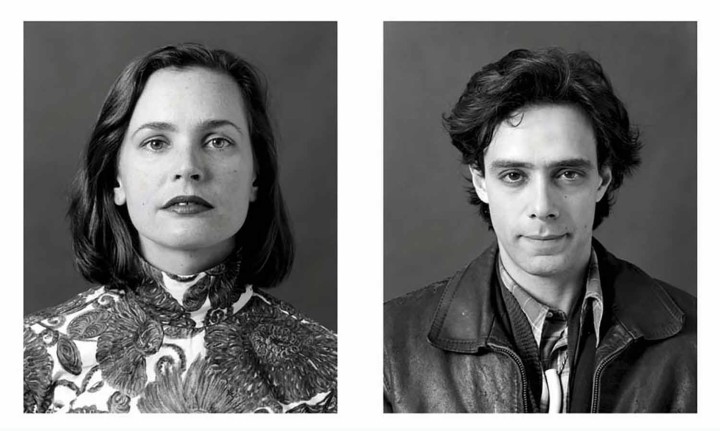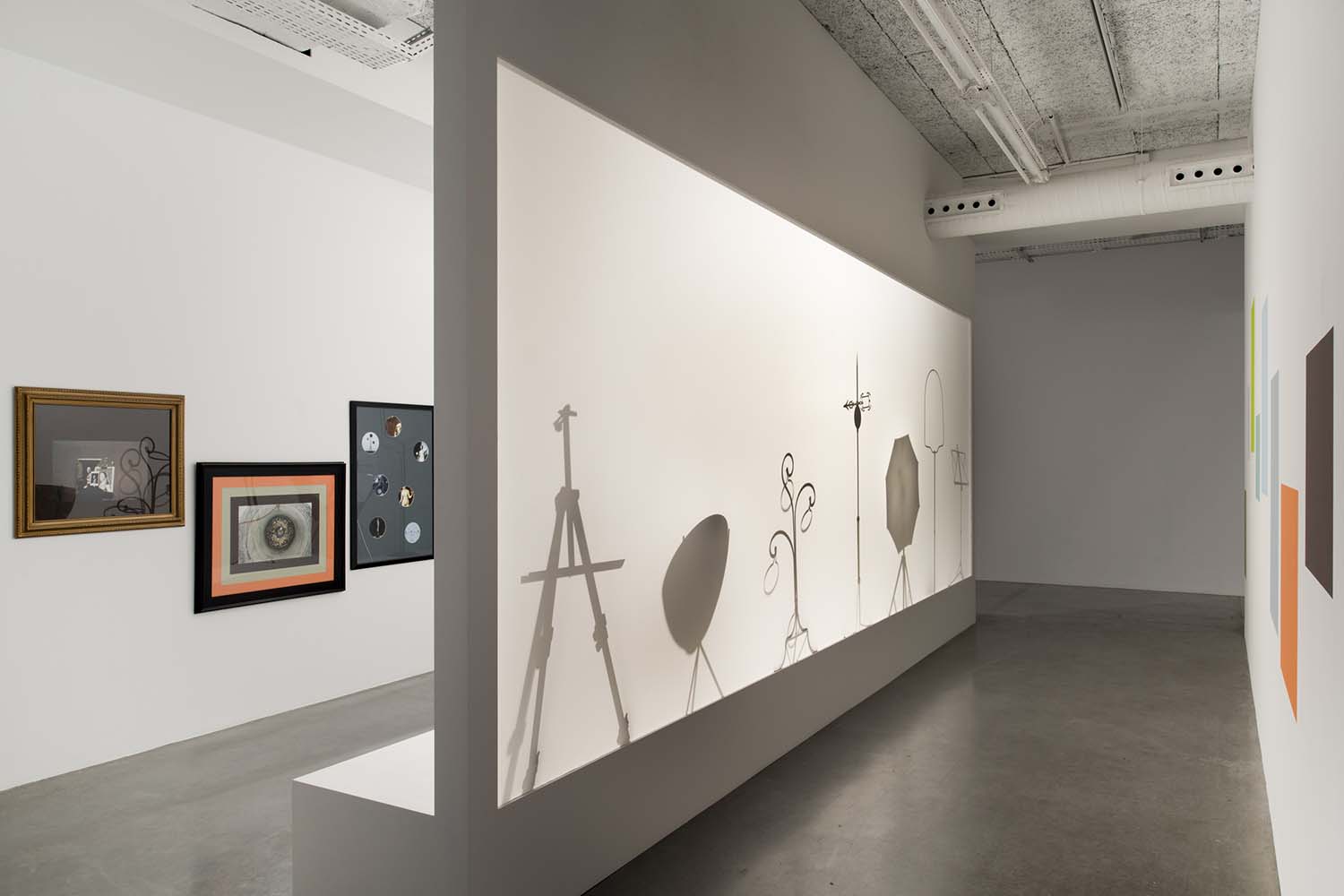Colin de Land is the reason I decided to open a gallery. I was never a friend of his. I didn’t know him well, but when I moved to New York I had this dream of working for him. I managed to get a job interview with him that was quick and a bit pointless.
I did not really speak any English, and he did not really have any money to pay me. But those three minutes were crucial to my personal growth. I remember him being scruffy yet elegant. I remember this melancholy in his eyes — the eyes of someone who loved art more than money. Everyone conspired to steal his artists (and eventually they did).
But above all, besides his great gallery, I was fascinated by his love affair with Pat Hearn. I fantasized a lot about their bond, a relationship based on a love for each other and for art. Linda Yablonksy, in a beautiful article about their time together, recalled their early days, when they filled each other’s galleries with flowers. Pat was beautiful and always elegant, avoiding the clichés of the normcore pseudo-intellectual dealer or the priest in black Japanese designer clothes. Pat was the first to leave this world — sadly, way too early. Struck by cancer, struggling with medical bills, she died, followed by Colin only a year later.
I still dream about their story. Regardless of their tragic end, I always looked for that kind of romantic bohemian love. Thus the corny title of this column. How do love relationships work in the art world? Most people would say that it’s the same as any other field. But I wonder about the emotional intensity of the art community. Making art, selling it, or writing about it requires a lot of emotional strength as well a totally open heart. Artists are always pursuing their obsessions and their deepest feelings. Dealers (usually failed artists themselves) project their own obsessions onto their artists, nurturing strong feelings of exclusivity. The art world can be a big, messy, emotional place. And we should not forget about the social aspect of the business: the openings, the parties, the drinks, the fairs, the travel, which all accelerate the process of meeting new people and forming relationships.
Over these past few years of ultra professionalism in the art market, such feelings have sometimes been replaced by competition, paranoia and cynicism. The large amount of money at stake certainly does not help engender healthy relationships. Things can easily get out of control. Anyone is capable of being aggressive, greedy, vengeful.
But things are not that bad. We should remember that many success stories in the art world are borne out of loving relationships. Think of Ugo Rondinone and John Giorno, whose love culminated in their beautiful show at the Palais de Tokyo in Paris (the city of love). Consider Anina Nosei and John Weber. Or take Mary Boone and Michael Werner, a long, successful relationship. Leo Castelli and Ileana Sonnabend wrote entire chapters of art history while they were together.
I tried to count all the art-world relationships I could think of. I couldn’t finish the list, which in a way is good news. Some of the relationships are over, but what they created was often rather magical and eternal. Many of them survived recessions, long distances, business breakups. When a relationship works, a mutual passion for art can be a bond that kindles greatness.
Still, I keep asking myself the same questions: Do relationships form more easily in the art world because feelings are stronger? Are those relationships more intense or more superficial? Is the art world a place of romanticism or cynicism? Left with these questions, I think about Colin and Pat.
A few years after my first and only meeting with Colin de Land, I moved back to Europe. Thanks to the help of Alexander Schroeder, I had the chance to borrow Colin’s personal collection of books. Before he passed away, he organized a selection of his books that were supposed to represent his life and interests. Everything was there, including the shelves. It was clear that I had to live with it for a while. I had to convince my partner at the time (now my business partner) to let me repurpose our dining room as a library. For one month, Parisians could visit the Colin de Land library by appointment. Some purists were disappointed, as the collection included fewer art books than they expected. Cookbooks were shelved next to the biography of a twenty-one-year-old Claudia Schiffer. There were also quite a few tourist guides and underground music fanzines from the East Village. Some of the books were presents from artists, and flipping through them you could find inscriptions from people like Isa Genzken and Cosima von Bonin. A few art critics were quite disappointed by this random selection of books. Meanwhile I was pleased to learn that my favorite art dealer had been all about food, supermodels and music. It didn’t take me long to realize that this collection of books, this celebration of one man’s voracious love of life, was an artwork in itself.
Colin’s and Pat’s galleries were on the same street. Most of their openings happened at the same time, odd gatherings of rich people from the Upper East Side and the downtown underground community. Under the umbrella of their love, everything around them seemed a little more profound. After they were gone, everything felt that much more superficial.


